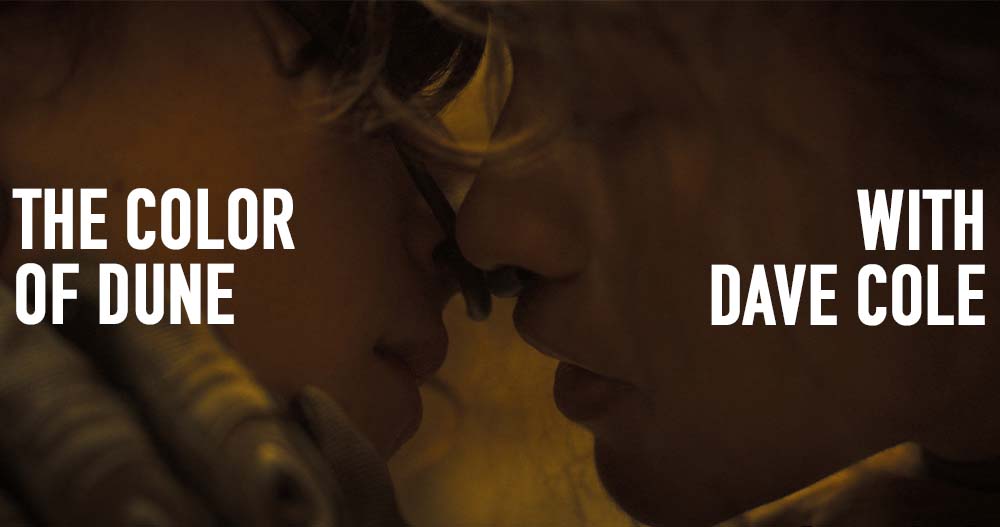- Joined
- Jun 10, 2003
- Messages
- 26,385
- Real Name
- Josh Steinberg
But what's the theatrical presentation of "Dune?" You said even in IMAX it had two different aspect ratios.
The important part is that it has variable ratios - that some parts of the film appear to be larger and of a different shape than others. The exact ratio is less important to me than the experience of watching a film that grows bigger in big scenes. That’s ultimately what the filmmakers were striving for in those venues.
I would have been very happy with the 2.40:1/1.90:1 presentation shown at the majority of IMAX theaters. I would have also been happy with a 2.40:1/1.44:1 presentation that was shown at select IMAX screens. I would have also been happy with a 2.40:1/1.78:1 version that preserves the image shifts while also eliminating letterboxing entirely on the IMAX sequences, as Christopher Nolan chooses for his home video presentations.
Like I said, I’m happy that those who prefer standard 2.40:1 can get that. But that’s not the only presentation of the film that exists. That, to me, is the modern equivalent of a 35mm reduction of 70mm origination. It’s fine for what it is but is not the only way the film was meant to be seen.






